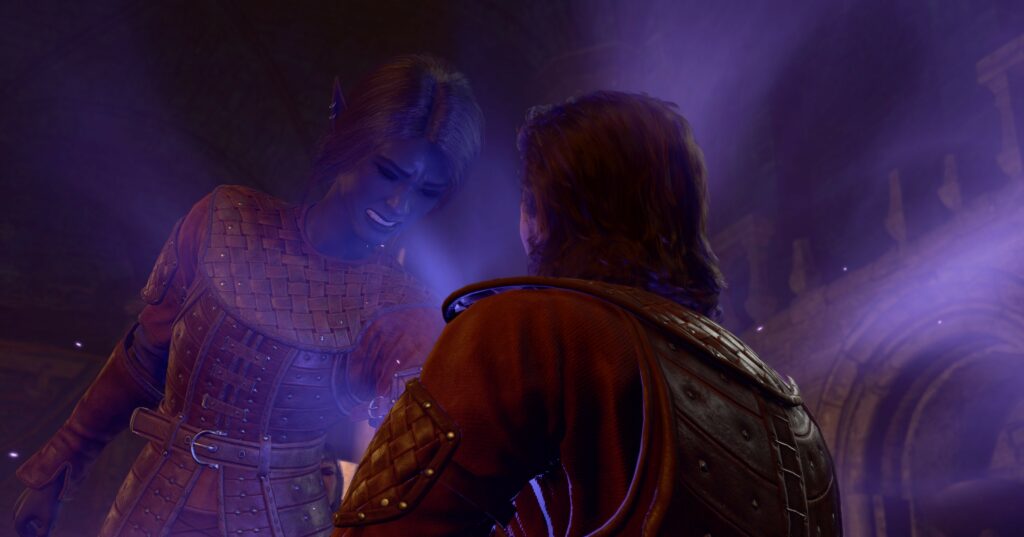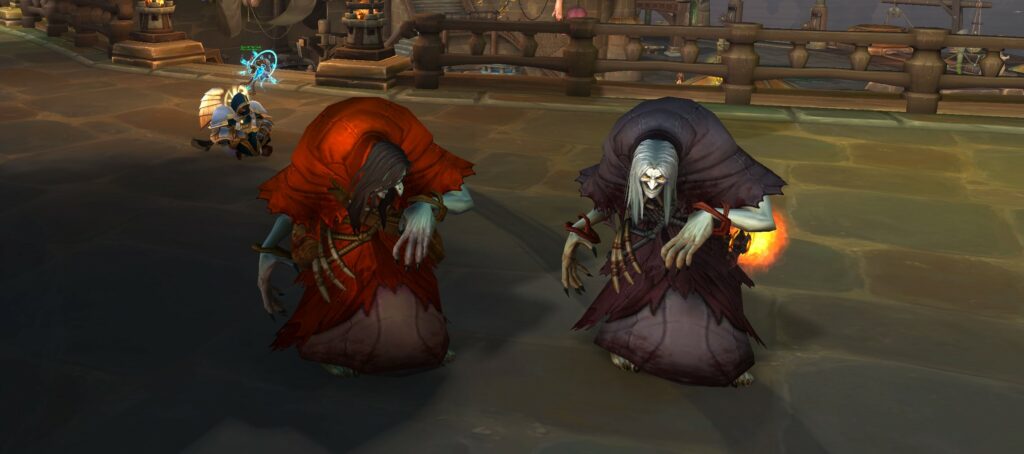The third installment to the Baldur’s Gate series released on August 3rd this year, after three years in Steam Early Access and a total of six years in development. Over this time, Larian Studios, BG3’s developers, grew to include multiple new offices around the world in an attempt to pull off their ambitious vision. Being a huge fan of their Divinity: Original Sin series of games, I watched their development cycle closely and eagerly awaited any related updates. My excitement for this game finally gave me the excuse I needed to try out the two previous games in the series, and I’m so glad I did. While BG3 released over twenty years after Baldur’s Gate 2 and isn’t a direct sequel to the original two games, it added context for its story and the world it takes place in. I haven’t actually had much time to play Baldur’s Gate 3 yet, but I’ve been having a lot of fun with it. With the little time I’ve spent with the game so far, Larian’s signature charm in care is apparent in everything I’ve experienced.

Since Baldur’s Gate 3 was made with Larian’s Divinity 4.0 game engine, a newer version of an engine presumably used to develop Divinity: Original Sin, there are lots of comparisons that can be drawn between the two games. A player who had previously played Divinity: Original Sin will recognize the same “feel” while adventuring in BG3. It’s apparent with how turn-based combat works in BG3 – essentially the same as Divinity, except using D&D’s fifth edition ruleset – the inventory system, the maximum number of players being fixed to 4, and in the writing. For me, this is great news since I count Divinity: Original Sin among the best games I’ve ever played. The game has met my biggest hope: a game that is as inspired and fun to play as Divinity.
As mentioned above, the Baldur’s Gate games all use a ruleset from Dungeon and Dragons, and BG3 is no exception. While the two previous games used Advanced D&D’s second edition, a version of D&D released in 1989, BG3 uses the modern and most-current fifth edition game rules. The game does a great job with translating rules from a tabletop game to a video game, and is even a great way to learn D&D’s fifth edition. Some things that would normally be handled by the Dungeon Master when playing the tabletop game are handled automatically by the game, such as instantly rolling a perception check when in certain areas. Instead of a DM asking a player to roll their twenty-sided die to check if the player notices a certain detail, the game will roll a d20 for your character and refuse to elaborate. It’s incredibly foreboding and instantly heightens awareness in a situation where, mere moments ago, the player thought they were exploring a completely uninteresting place.

I haven’t explored enough of Faerun – the setting for the Baldur’s Gate games – to see all of what BG3 has to offer with its interpretation of the classic setting, but what I have seen so far has been packed with things to do. There’s always something to explore, someone to talk to, or a perception check to fail. The world looks beautiful, though, and I can’t wait to see more of it. I have heard great things about the game locations from friends who have progressed more than me, and I’m particularly excited to revisit the Underdark and see how different it is from BG2. Really, I’m just looking forward to playing more and taking my time to see all the things the game has to offer.


